Non -heritage | "The Soul of Taihang -Donation Exhibition of Zhang Yongzhong's Paper -cutting Art Works" is about to carry out
Author:Cultural Tourism China Time:2022.07.02
On July 2nd, the "Soul of Taihang -Donation Exhibition of Zhang Yongzhong's Paper -cutting Art Works" will be exhibited in the North District of the Fourth -Floor of China Arts and Crafts Museum of Arts and Crafts, and the exhibition will continue until September 2.
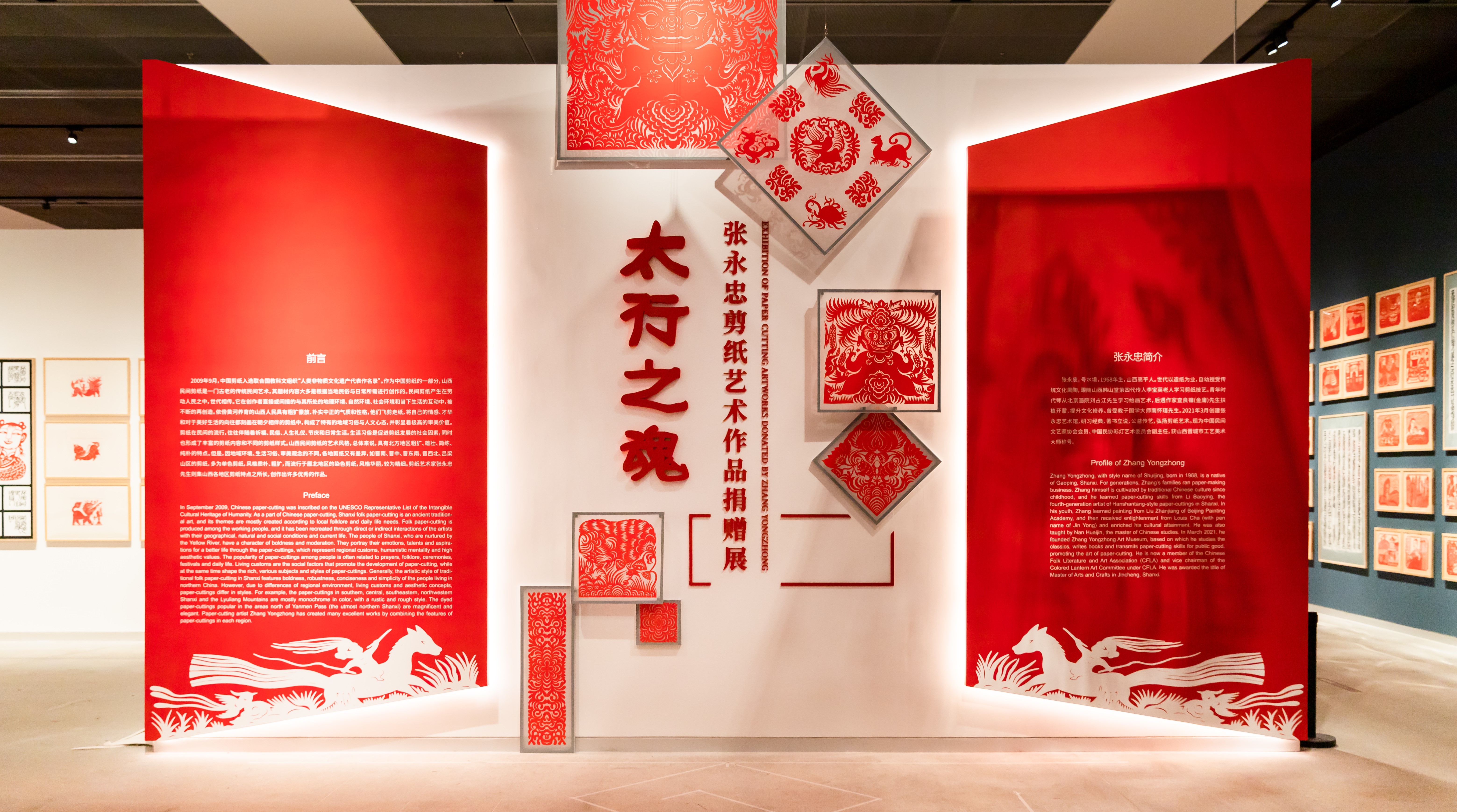
This exhibition is sponsored by the China Arts and Crafts Museum and the China Infrobuts Cultural Heritage Museum. The support unit is the Shanxi Provincial Department of Culture and Tourism, Jincheng Culture and Tourism Bureau, and members of the Chinese Folk Literary and Artists Association and the Chinese Folk Artists Association. Zhang Yongzhong, deputy director of the Professional Committee, Zhang Yongzhong, a master of arts and crafts in Shanxi Jincheng, is the main body. It has more than 400 works ("praying for blessings", "folklore life", "people's voice", "three Jin style" (three Jin style "( ), Vividly show the northern region, especially Shanxi's simple and concise folk paper -cut art style.
Exhibition overview
In September 2009, Chinese paper -cutting was selected as the UNESCO "List of Human Intangible Cultural Heritage". As part of China's paper -cutting, Shanxi folk paper -cutting is an ancient traditional folk art. The content of its themes is mostly created based on local folk customs and daily needs. Folk paper -cutting was produced in the working people and passed down from generation to generation. It is continuously created in the interaction of the creator's direct or indirectly in the interaction of the geographical environment, natural environment, social environment, and current life. The Shanxi people raised by the Yellow River have a rough, magnificent, simple and positive temperament, they fly away from paper, and portray their emotions, talents and longing for a better life in the paper -cuts accompanied by the day and night, forming a unique regional customs. With a humanistic mentality, it shows extremely high aesthetic value. The popularity of paper -cutting in the people is often accompanied by prayer, folklore, life etiquette, festivals and daily life. Living customs are social factors to promote paper -cutting development, and at the same time, they have also formed rich paper -cut content and different paper -cut styles. In general, the artistic style of paper -cutting in Shanxi has the characteristics of rough, majestic, concise, and simple in the north. However, due to the different concepts of regional environment, living customs, and aesthetic concepts, there are differences in paper cutting in various places, such as the paper -cuts in the southern, Jinzhong, southeast of Jin, northwest of Jin, and Luliang Mountain. Paper -cutting popular in the Yanbei area is gorgeous and fine. Zhang Yongzhong, a paper -cut artist, integrates the characteristics of paper -cutting characteristics in various regions of Shanxi, and creates many excellent works.
Exhibit guide
First unit: pray for blessing
Most folk paper -cut works originated from people's prayer and blessings for life. In this unit, on the one hand, the author inherits the functional characteristics of traditional Shanxi paper -cutting and blessings, and reflects the spiritual sustenance of people of all ages, such as doll series with different forms, unicorn delivery, etc.; On the other hand, it shows the author to Shanxi history. The re -examination of culture, from it to see the emotional consensus of the Chinese nation, take the work of the emperor soul of China as an example to present the magnificent paper -cutting culture of the loess plateau and promote the strong Chinese nation's soul.
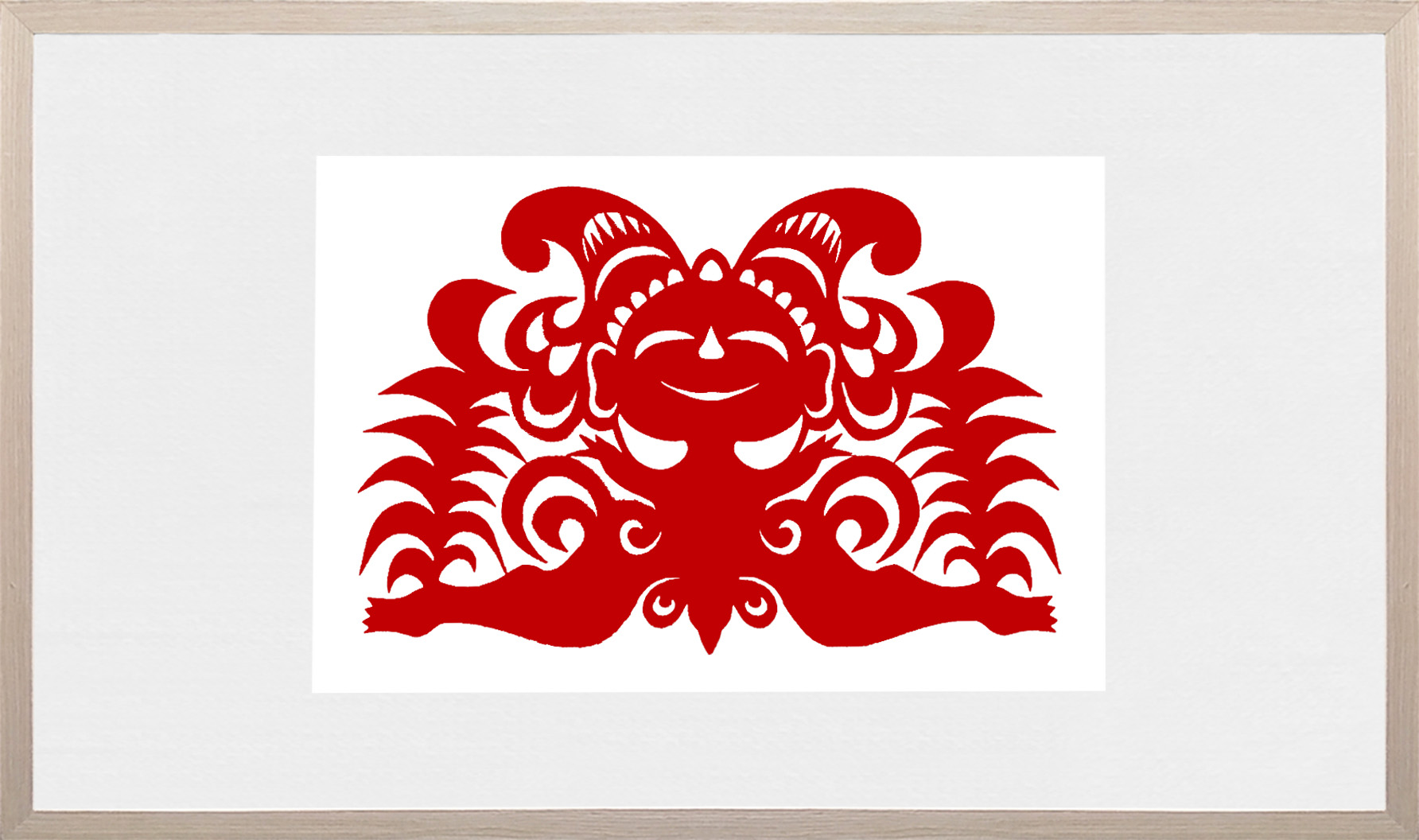

Unit 2: Folklore Life
This unit's folk paper -cutting works present a variety of real life scenes of the Loess Plateau with a wide variety of patterns. Zhang Yongzhong grew up in the south -south region of the southern south of the Jin Dynasty. His personal cultural preferences were more diverse. His paper -cut forms were lively and lively, with strong interest and humor. He vividly expressed the stories such as "Farewell My Concubine", "Lu Bu and Diao Chan", "Five Son Dengke", "Dayu Water" and "Lantern Festival". Expressing infinite charm.

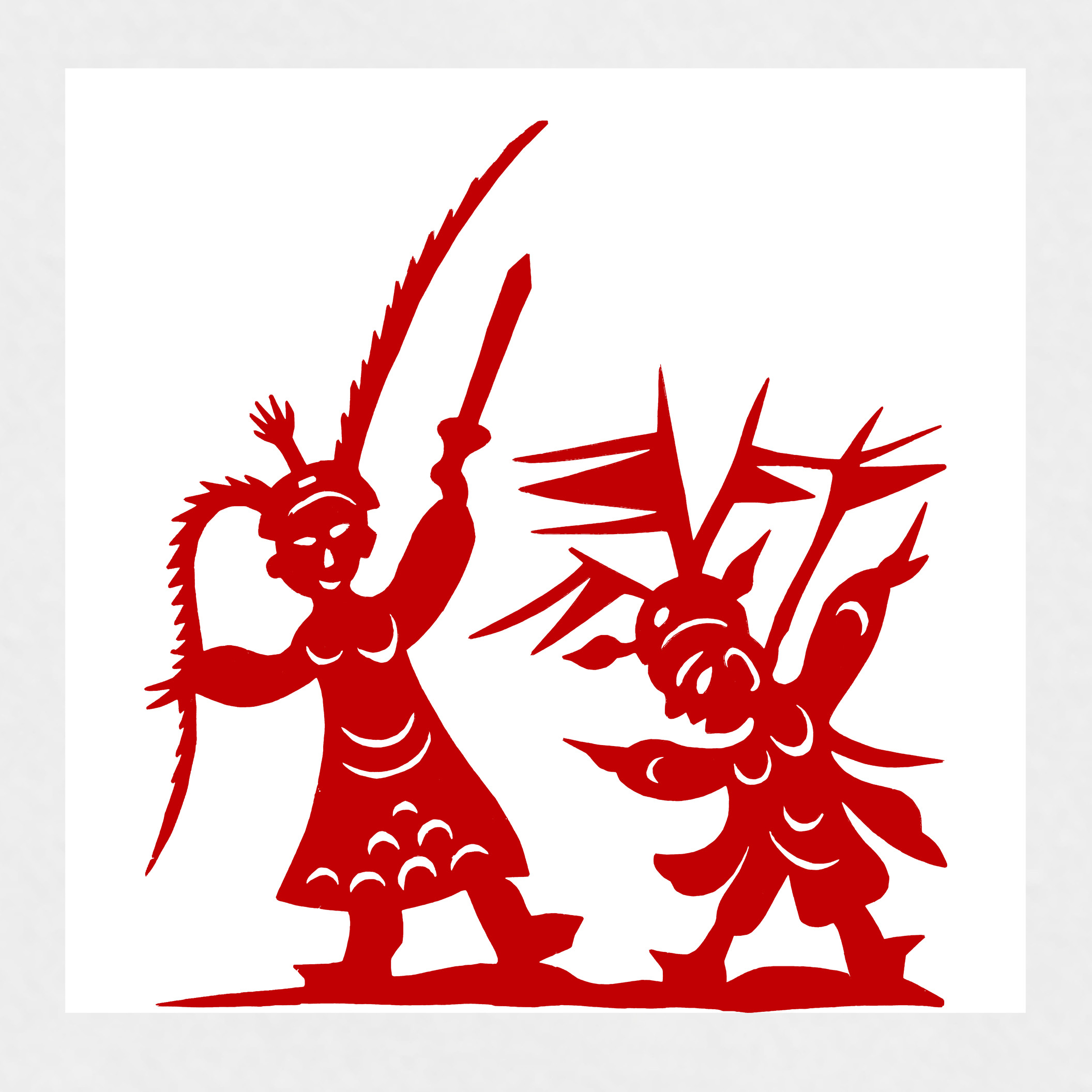
The third unit: the voice of the people
This unit reflects the artist's love for hometown culture. Zhang Yongzhong collected a lot of folk songs and folk songs. He reflected these nursery rhymes, proverbs, and oral words in his creation. These works show high artistic and rich imagination, sending all the emotions and humanistic thoughts of the creators, from the fields, villages, and villages, enter the sacred national art hall, and bring historical imagination to the general public. , Retention of the time of the years and the hospitality of the harvest.
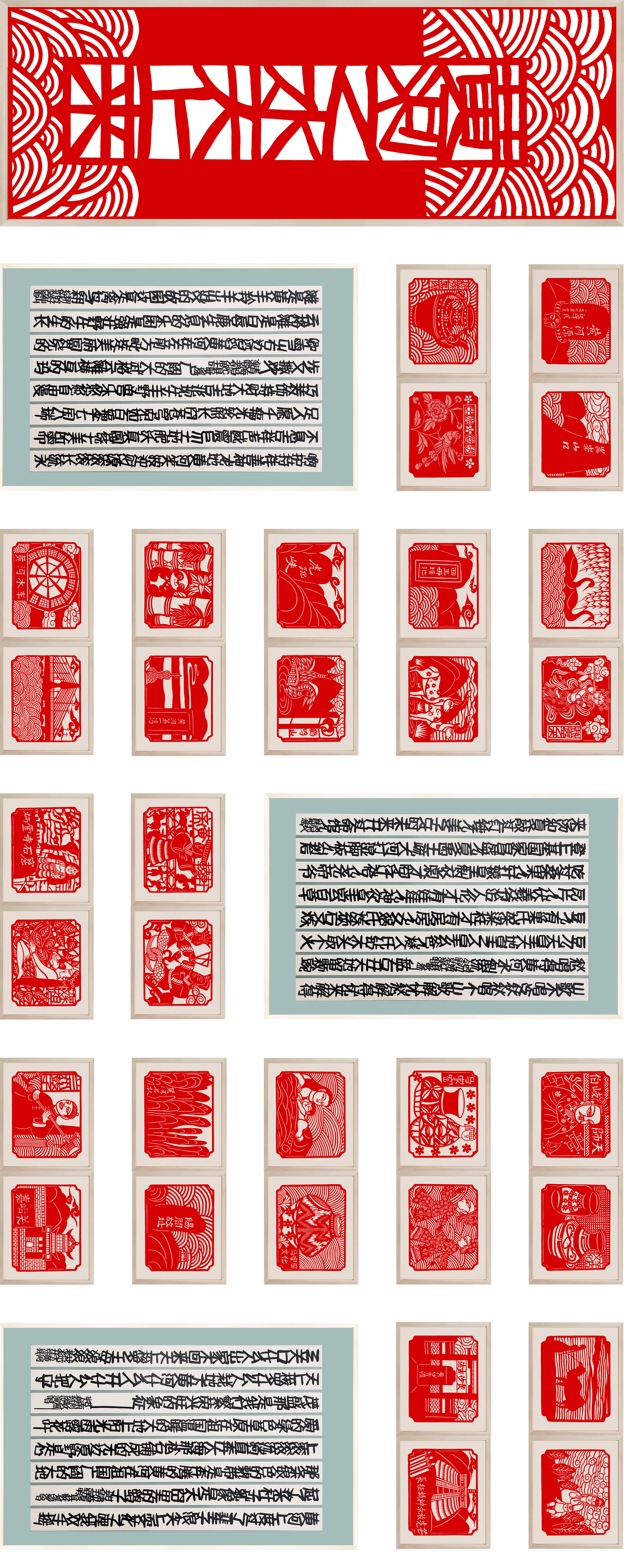
(Please rotate your phone, watch horizontally)
Unit 4: Sanjin style
It originated from Han Shantang in Gaoping, Shanxi, and is characterized by totem sacrifices to sacrifice paper -cutting and folk paper -cutting. Since the late Qing Dynasty, it has been passed down to this day. Zhang Yongzhong thought of the soil of his hometown, cutting the local memory of mountains and trees, animal gods and other native memories into a wonderful work. As the fifth -generation inheritor, Zhang Yongzhong, his breakthrough and exploration in the art of paper -cutting brought the paper -cutting of Han Shantang into a new stage of development.
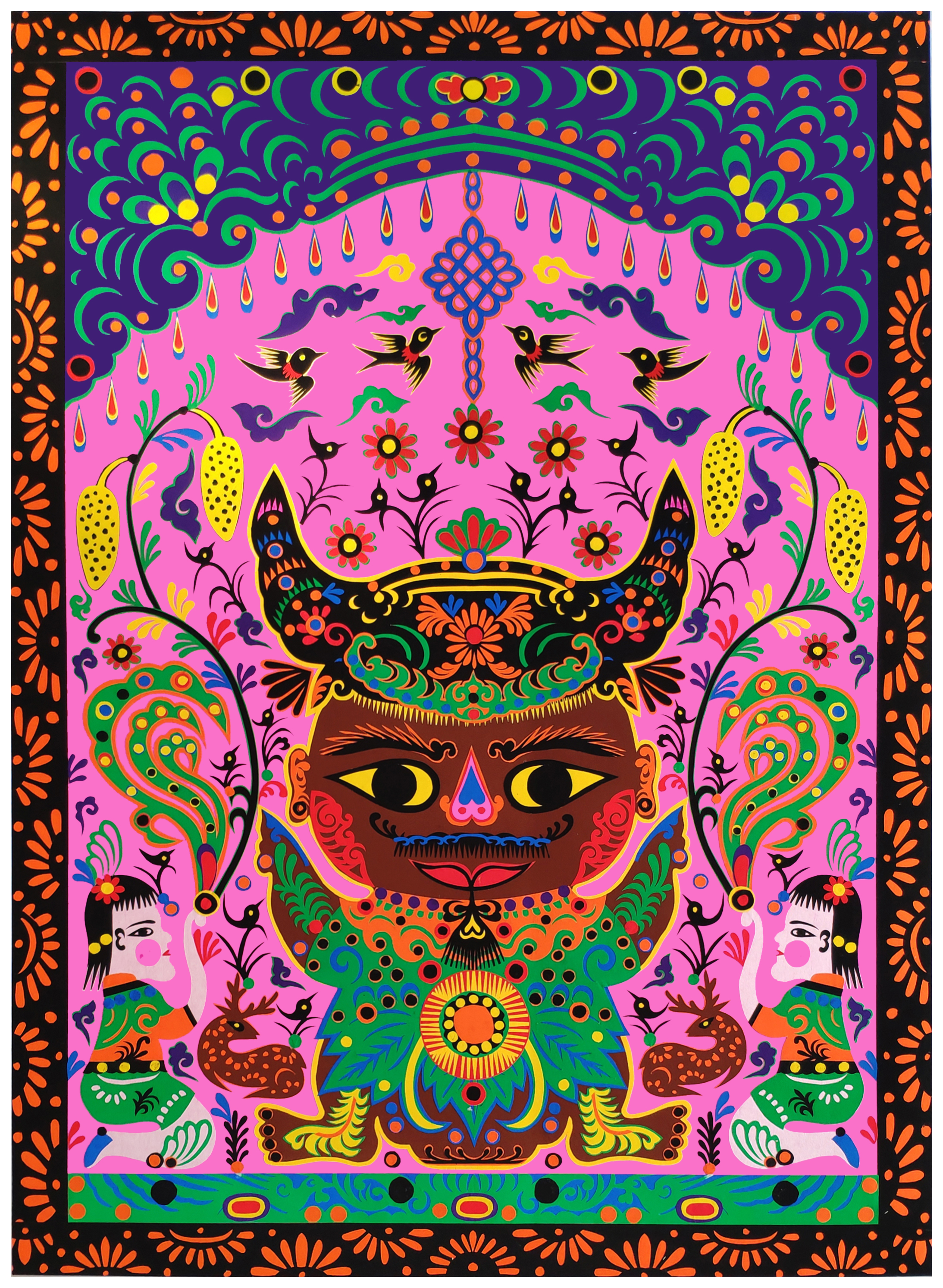

Exhibition hall
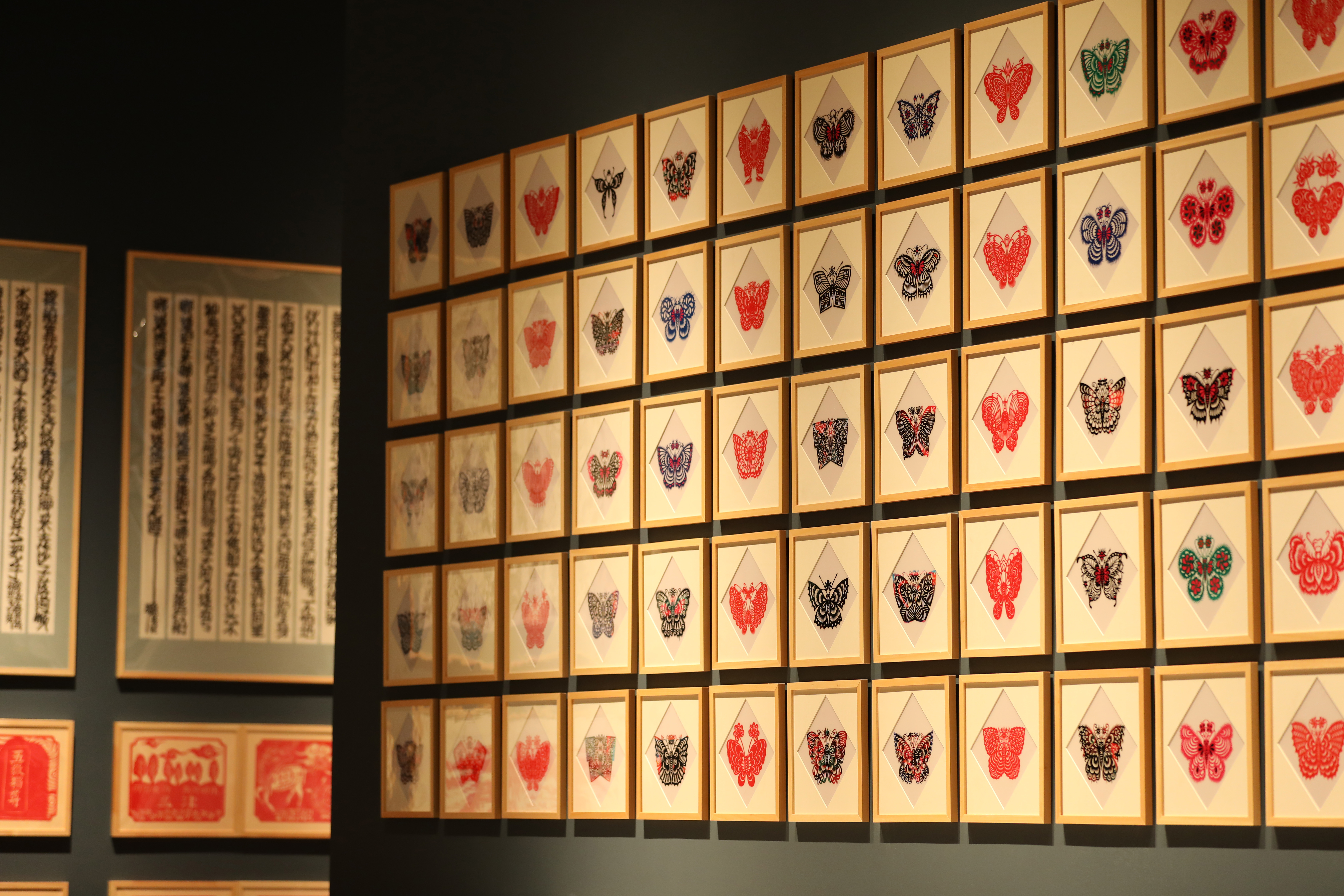
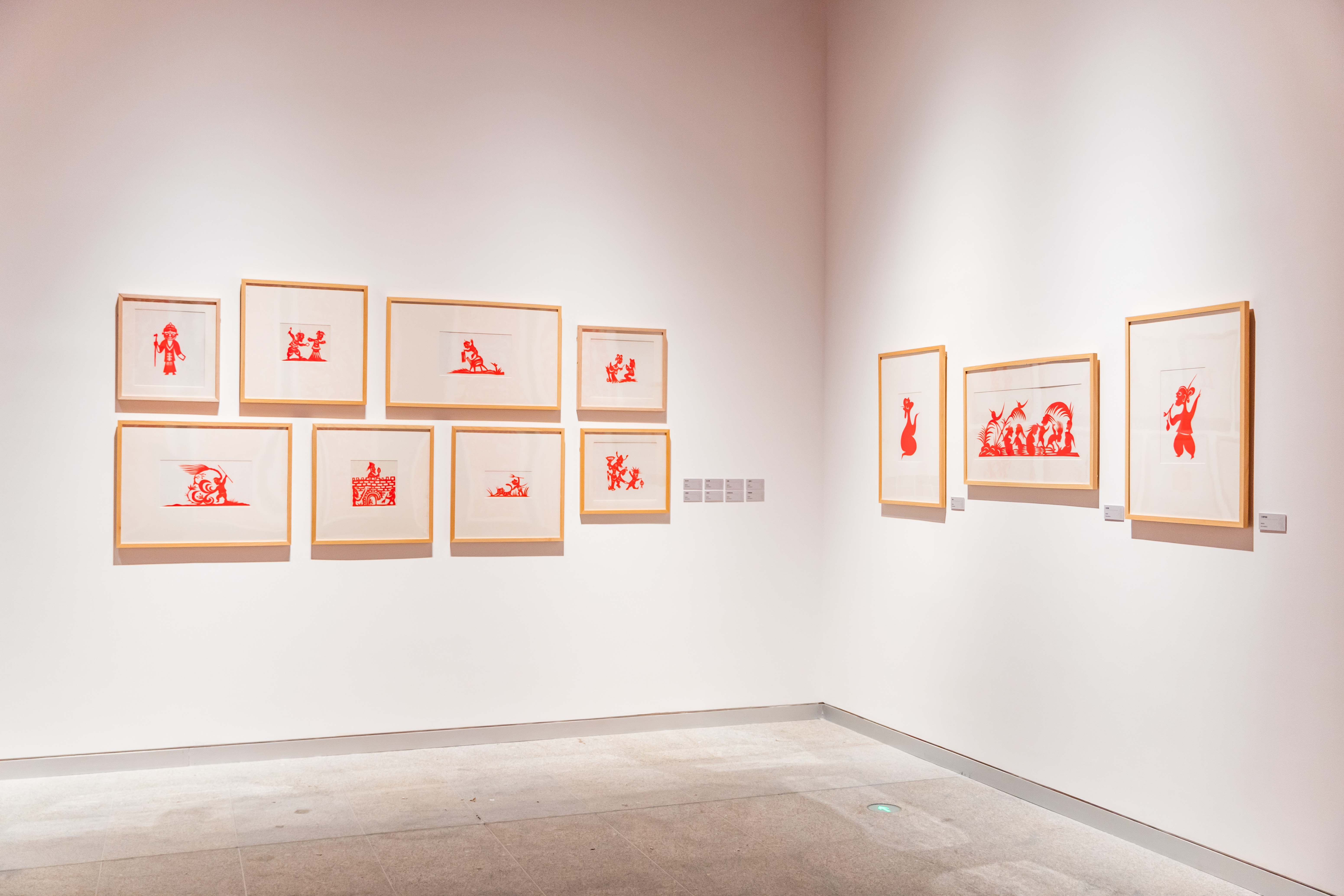
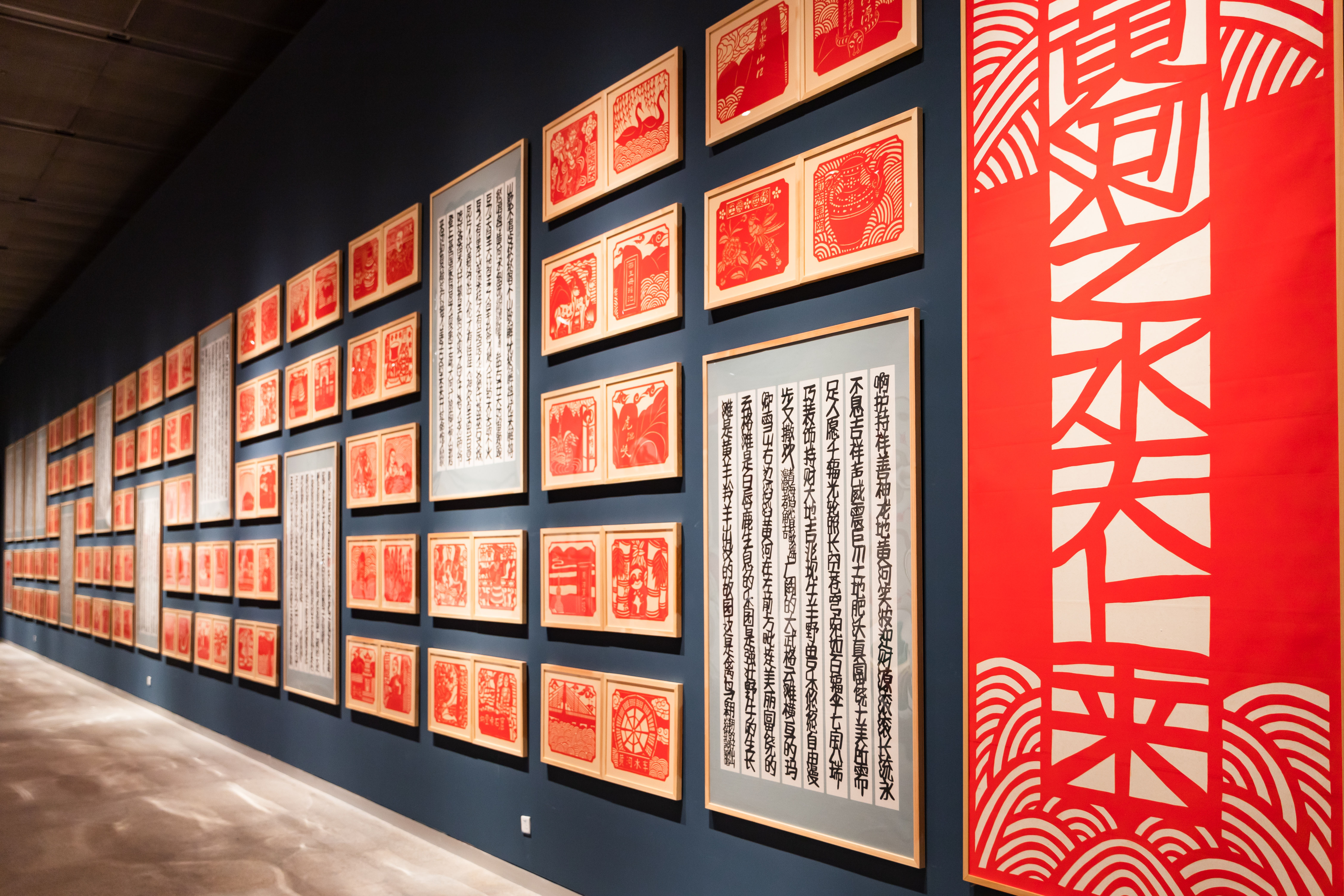
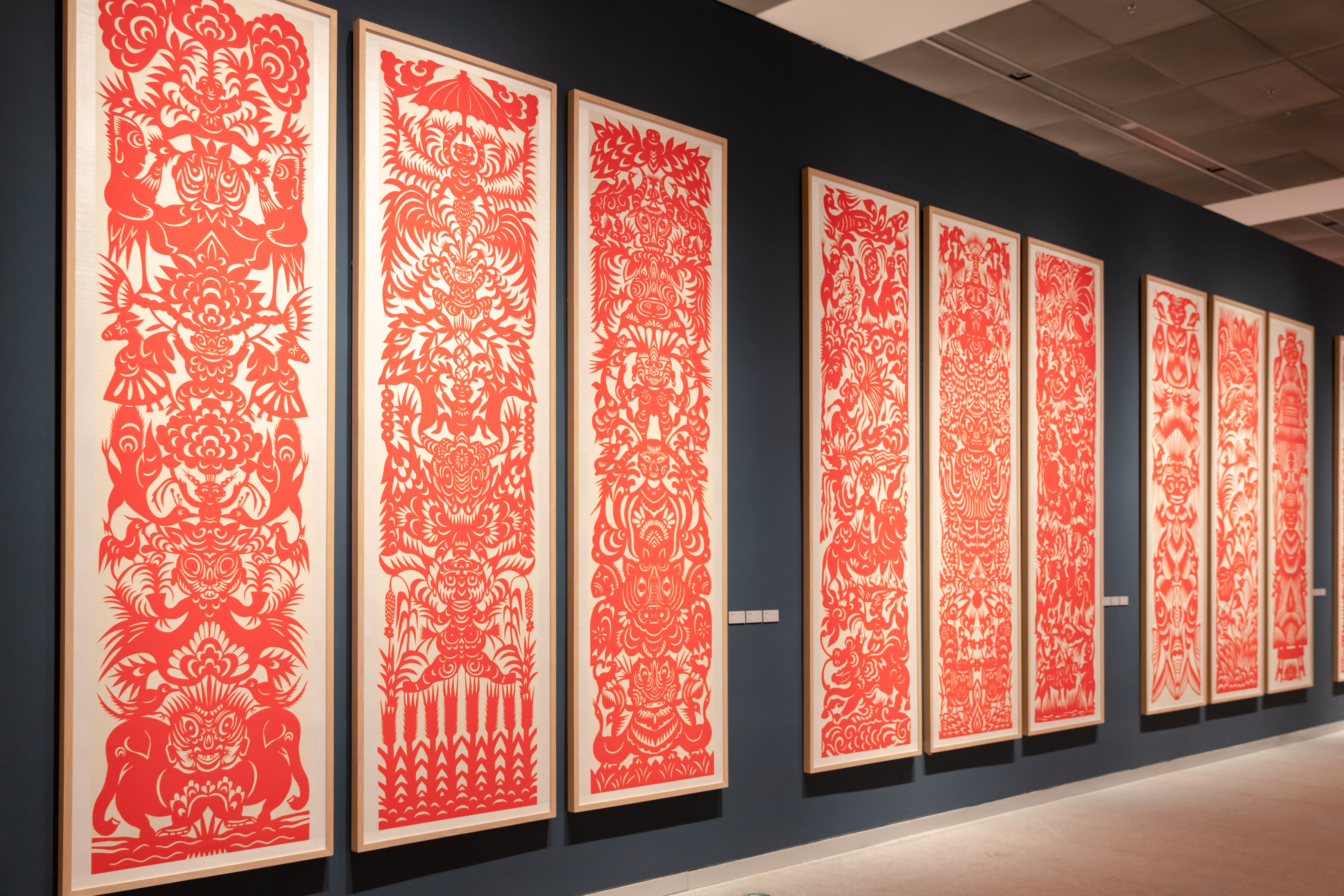
Zhang Yongzhong, No. water realm, born in 1968, Gaoping, Shanxi. For generations, papermaking is used as a industry, and he has been influenced by traditional culture since he was a child. In his youth division, he learned painting art from Mr. Liu Zhanjiang, Beijing Painting Academy. Later, he met the writer Mr. Cha Liangzhang (Jin Yong) to support Kaimeng to improve cultural accomplishment. He was taught by Mr. Nan Huaijin, a master of Chinese studies. In March 2021, the Zhang Yongzhong Art Museum was founded to study classics. He is currently a member of the Chinese Folk Artists Association and the deputy director of the Lantern Art Professional Committee of the Chinese Folk Literature and Art Association.
Responsible editor: He Jie
- END -
Summer solstice San Geng countless, pay attention to heatstroke prevention!Summer solstice

-The traditional twenty -four solar terms-Summer solsticeFor the region north of t...
Juye Wen Temple: 巨 巨 巨 "Kirin Spring and Autumn"
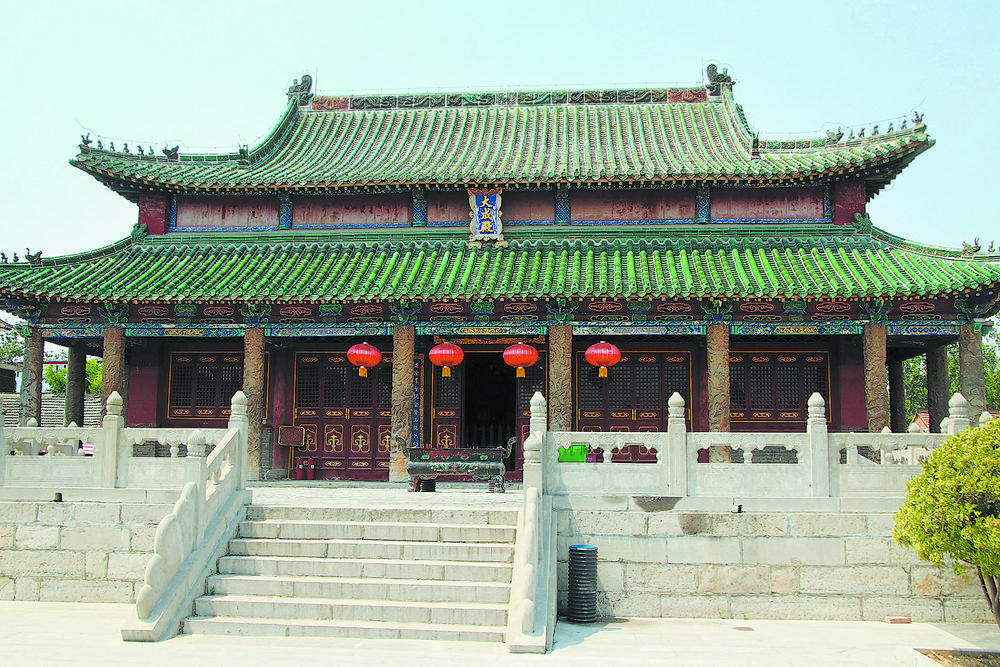
Juye Wen Temple Dacheng HallThe front eaves of Dacheng Hall high -relief two drago...